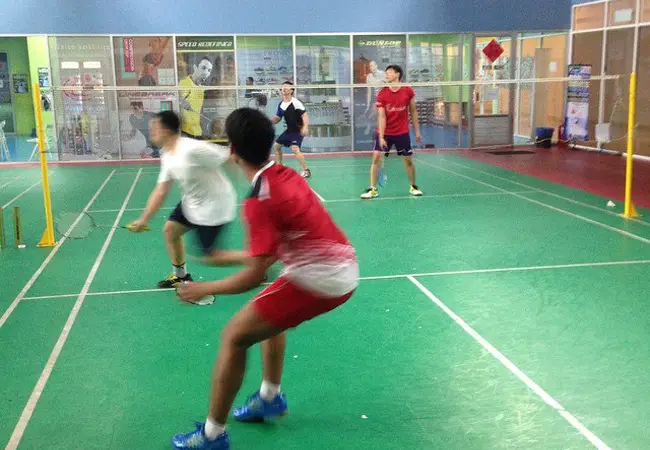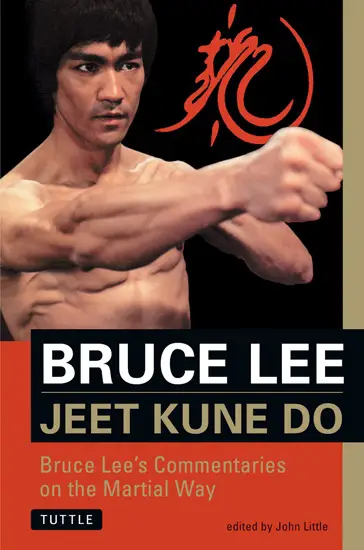In order to be able to move quickly on the badminton court, you need to be able to move with the rhythm. If the badminton court were much bigger, and all you needed to do was run straight lines all the time it wouldn’t matter, but that’s not the case.

When we are waiting to see where our opponent is going to hit their next shot we can’t move from a complete standstill to super speed if we are flat on our feet.
There are a couple of advantages to playing with rhythm and the most significant one would be these two:
- You will be able to anticipate your opponent’s next shot more easily.
- You will be able to throw your opponent off of your next shot more easily.
The first point is fairly straight-forward. By maintaining a certain bounce in your step you are going to be able to change direction much more easily. The key is to train this and make sure that you are doing it in games and not just during training.
The second point is a little less obvious. I will do my best to explain so that you can have a better understanding of what I mean.
The Concept of Broken Rhythm
When I was a kid my brother bought me Bruce Lee’s book on Jeet Kune Do. Inside the book, Bruce Lee talks about the concept of broken rhythm. This means mixing up your rhythm between fast and slow, and doing this transition very quickly and unexpectedly so that your opponent gets thrown off.

For example, you make your base rhythm a little bit slower than what you are capable of. You make sure that your opponent falls into his own comfortable rhythm, and then suddenly you up the pace for just a couple of shots. More than likely your opponent will be caught off-guard and will either make an error or won’t get your shot at all.
I have been very interested in the martial art for years. I have studied and practiced Bruce Lee’s art in depth.
I have been working to apply this to my badminton game as well. The bounce and weight distribution come naturally, but changing the pace suddenly like Lin Dan does all the time is a lot more difficult for me.
Do you play with rhythm? Is it fast or is it slow? Has your coach ever told you that you need to control the pace of the match? This ties into that perfectly.
If you are in control of the rhythm of the match, you are in control of the pace of the match. Chances are if you control the rhythm, you will also be the one who wins the match. Badminton is a lot more like boxing or martial arts than you might realize.
If you feel this is interesting, it may make you want to take up boxing so that you can practice for its footwork rhythm.
If you are a visual type of person and would need to see how the footwork moves in slow motion first then fast pace, you can read up on the broken rhythm and you’ll know what I mean. I know that would help a lot.
China Players Know The Rhythm Well
Think rhythm is what we most admire when we watch someone like China player, Lin Dan, without really understanding what is making his play look so effective.
We see him moving so effortlessly, and then suddenly see the injection of pace to finish the rally but don’t necessarily notice the use of ‘rhythm’.
Although you will need to work consciously on realizing that what you are doing instinctively in a rally can be broken down and improved by working on rhythm, just like working on footwork. Then all you will have to do is work on identifying the ‘right time’ to increase the rhythm.
You can do some researches on the broken rhythm as well as how the China players making use of it. You can then practice what it suggests and find a steady pace. I like watching the rhythm videos because they encourage me to ”air practice” my footwork since I don’t always have a feeder.
Some people will listen to music and dance to practice on their footwork and they found this is also very good for practicing badminton and improving their footwork. How do you think about it?
Read also: What Level of Badminton Player Are You?
